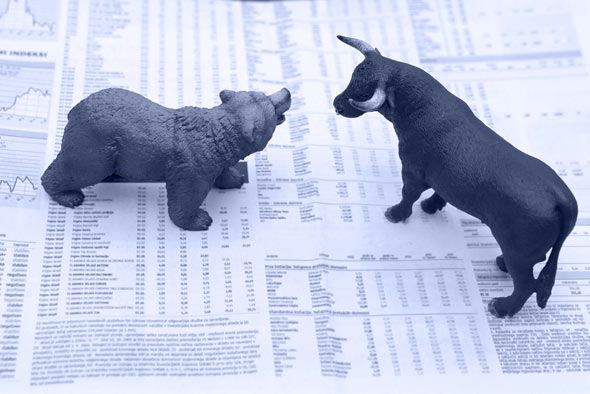
Introduction to market failures
Market failures
Market failures arise when free markets fail to develop, or when they fail to allocate resources efficiently. There are several different types of market failure.
Test your knowledge of market failures – try a quiz
Carbon emissions – carbon pollution is a significant negative externality and can result from a number of activities. Industrial pollution by sulphuric and nitric acid (acid rain) can arise as a by-product of the production process in many industries, such as smelting and refining. Pollution can also arise from transportation, heating and lighting, and from waste storage and disposal. More…
Road congestion – there are a several reasons why roads have become increasingly congested. Firstly, the real cost of driving has fallen because motor vehicles and fuel are relatively cheaper than they used to be in real terms. More…
Healthcare provision – healthcare is classified as a merit good because consuming it provides benefits to others as well as to the individual consumer. For example, inoculation against a contagious disease provides protection and clearly generates a private benefit as well as an external one, to those who are protected from catching the disease from those who are inoculated. However, few would want inoculation only to protect others. Therefore, the demand for healthcare will be less than the socially efficient quantity. More…

Unstable primary markets – some primary markets can become unstable and require intervention to help them stabilise. In particular, many food producers suffer three main economic problems; falling long term income; unstable prices; and loss of bargaining power to big supermarket chains. More…
Markets can fail in two basic ways:
A complete failure
A complete market failure exists when free markets are unable to allocate scarce resources to the satisfaction of a need or want. This occurs because there are insufficient incentives to encourage profit-seeking firms to enter a market. This is commonly the case with pure public goods, such as street lighting, for which there is a need, but private individuals would not be prepared to pay. If no-one is prepared to pay, no revenue can be derived, and no profit earned; hence no firm would enter the market.
A partial failure
A partial failure can occur in four ways:
- When some, but not all, of the necessary conditions for market formation exist. This means that markets form, but will fail to develop and supply sufficient quantities of a good or service. In the case of merit goods, such as education, markets are inefficient because they under-supply these goods, and fail to meet society’s demand.
- When free markets over-supply a good or service, either because producers fail to take into account the full costs of production to society, or because consumers fail to take into account the full costs of consumption to themselves, or society. Externalities and demerit goods are cases of free markets over-supplying.
- Where there is a breakdown in self-regulation, as in the case of the financial crisis.
- Where a market becomes highly unstable and fails to return quickly to a stable equilibrium, as in the case of some commodity markets.
Some economists argue that all market failures are, in some way, the result of information failure.
Test your knowledge with a quiz
Press Next to launch the quiz
You are allowed two attempts – feedback is provided after
each question is attempted.
Test your knowledge with a quiz
Press Next to launch the quiz
You are allowed two attempts – feedback is provided after
each question is attempted.
Go to:
Types of market failure


